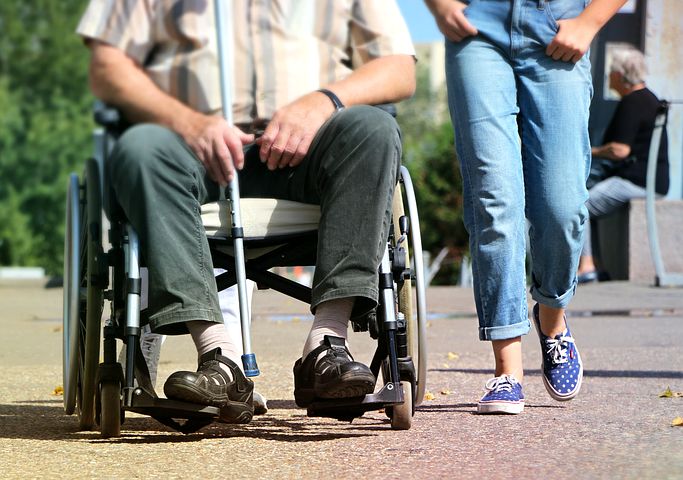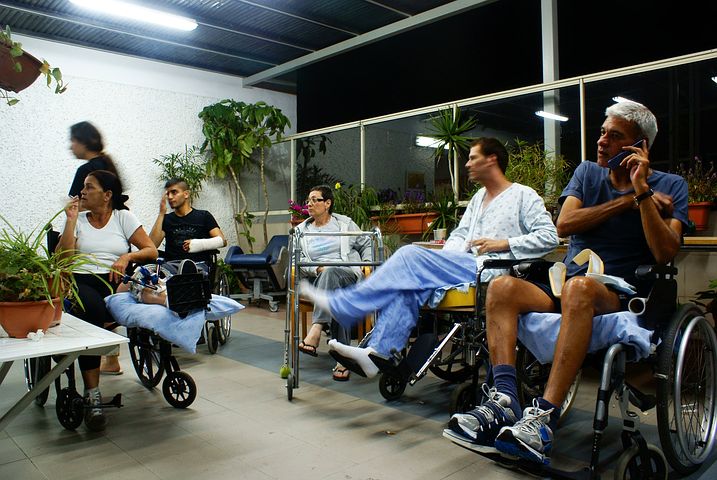
Unexpected things happen in life. Illness, disability and injury can affect our ability to engage in daily activities – some tasks can even seem impossible. Thankfully, NDIS occupational therapy can help us reclaim our lives and get back into doing things that make up a fulfilling life. This article is for those who are considering seeing or recommending an OT or are simply curious about what the process involves.
What is an OT and what do they do?
A vocational practitioner (or OT) specialises in helping people with physical or mental health difficulties to participate in day-to-day activities. OTs require at least 5 years of training, including a Master’s degree. They also require a state licence.
Daily activities may range from being able to cook a meal to being able to participate in the workforce or a volunteering program. The program given to a person is highly individualized to suit their needs and desires. The focus in NDIS occupational therapy is on helping the individual live their life the way that they want.
Some of the activities OTs can help with include:
- Dressing
- Feeding
- Child rearing
- Personal hygiene and grooming
- Shopping
- Social participation
- Care of pets
- Education
- Leisure
What does NDIS occupational therapy entail?
Evaluation
NDIS occupational therapy starts with an evaluation in which information about history, health status and difficulty doing activities is gathered. The practitioner will then create an action plan including goals and the treatment techniques that will be used to reach the goals.
Treatment
Following the evaluation, treatment will include a range of physical, social, emotional and/or cognitive interventions aimed at achieving set goals. Modifications will also be implemented if necessary.
Examples of possible interventions include:
- Development of cognitive skills
- Community/work training and integration
- Wheelchair management
- Neuromuscular re-education
- Assistive technology assessments

Discharge
If a person is discharged from NDIS occupational therapy, this means they no longer require the skill of a practitioner to continue making progress. There may still be action they personally need to take to recover, however information and resources will be left to them by the OT to assist them. This could include giving an exercise program and/or additional training to family members.
What are the differences between NDIS occupational therapy and physical treatment?
Whilst both practices involve rehabilitation, they differ in their specific area of focus. An OT will focus on restoring daily activities whereas a PT will focus on restoring physical/bodily movements. The two may both be required to get a person back to their prior level of functioning depending on the condition being faced.
A PT is similar to a mechanic, repairing the physical body. If a person has damaged their arm and cannot drive, a PT will help them improve their arm’s range of motion through a combination of exercises and massage.
The OT will then help the person actually get back in the car and be able to drive, assisting with implementing any necessary vehicle modifications.
What are the different specialisations of OTs?
There are different types of NDIS occupational therapy a person can utilise depending on their needs. Areas of focus include:
- Driver rehabilitation: This centres around getting people back on the road and driving safely and comfortably
- Brain injury: This focuses on rehabilitating people with brain injuries, helping them get back into daily activities
- Stroke rehabilitation: This helps people who have experienced a stroke resume their regular activities, such as driving
- Autism: This helps children and adults with autism achieve their goals and develop skills
- Sensory integration: This improves people’s ability to organize the senses
What is the history of OT?
OT emerged out of a dissatisfaction with the healthcare and hospital system of the early 1900s. Many patients were left in facilities for weeks with no improvements, until nurses and medical practitioners realized that they could help patients by getting them involved in activities. This hastened their recovery and made them better equipped for life outside the hospital.
The field is believed to have been officially founded in New York in 1917 by three women and three men with the National Society for the Promotion of OT. It was then increasingly backed by scientific research which explored motivation, self-efficacy, neuroplasticity etc. The field is based on scientific evidence but is personalized, so varies from individual to individual.
OT believed in the holistic treatment of individuals, who were not diseased tissues, but unique and nuanced beings who needed care beyond simple medical treatment. They recognised the social, economic and biological causes behind illnesses.
Conclusion
NDIS occupational therapy is a field which specialises in helping individuals reclaim their lives through daily activities. It is based on an extensive amount of research evidence which has accumulated over 100 years. There are several different specialisations of OT that a person can access.